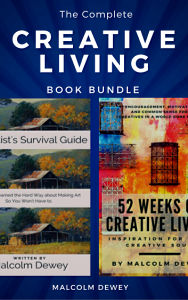|
Why is your artist's voice so important? What is the difference between your artists voice and your artist's style? These are questions all creatives need to figure out for peace of mind and more creative confidence. It is not that difficult either. Let's explore this topic further. Also get the book that explains it all.
Watch the Video:
Defining Your Artist's Voice:
Every artist has a voice, but not every artist knows how to find it. The artist's voice is the essence of what makes their work unique and identifiable. It is the part of an artist that speaks to their audience on a personal level, imbuing their work with meaning and emotion. The first step in discovering your voice as an artist is understanding the difference between style and voice. Style refers to the techniques and visual elements that artists use to create their work, such as color palette, brush strokes, or composition. Voice goes deeper than that - it's the underlying message or feeling behind the art. It can be challenging to discover your unique perspective as an artist. It often requires a great deal of persistence and hard work to develop your artistic skills and uncover what you want to express through your art. The process can be full of ups and downs as you explore different mediums, techniques, and subject matter. But finding your voice is essential for any serious artist who wants to create work that resonates with others. When you tap into your unique perspective, you have the power to connect deeply with your audience on an emotional level. While it may take time for artists' styles to evolve over time, their voices remain constant throughout their careers. Consistent practice and experimenting are crucial in developing both technical skills and communication abilities effectively. Prioritizing one's voice over style is especially crucial for beginners who may not yet know where they fit in the world of art. Focusing on one's unique perspective can help prevent copying someone else's work while also allowing for individual expression. Master artists like Claude Monet or Vincent van Gogh are excellent examples of how a masterful artist communicates his or her unique perspective through style by adding texture, depth, atmosphere or emotions into their artwork. Connecting with other artists' works can help identify what resonates personally while supporting one’s own artistic direction. It’s important to look at one’s own work through a fresh lens while keeping connected with innermost thoughts or feelings. While financial success can be alluring for artists, it's vital to remember that it can also be a distraction if it shifts focus away from developing one's unique voice towards creating art that appeals to a particular market or audience. The importance of staying true to oneself as an artist is more important than chasing recognition or rewards that may not align with your vision. Discovering Your Voice: It's easy to get caught up in the quest for technical perfection. The desire to create something perfect can make us forget about what makes our artwork unique - our individual voice. But what is an artist's voice, and why does it matter so much? An artist's voice is their unique perspective and personal experience that they bring to their work. It's how they see the world, the emotions they feel, and the stories they want to tell through their art. While style may change over time as we develop new techniques or experiment with different mediums, our voice remains steadfast as a constant reminder of who we are. Discovering your unique perspective can be a journey full of ups and downs. Some days you might feel like you have a clear idea of what you want to say with your art, while other days you may feel lost or unsure of where to start. Persistence is key when it comes to nurturing your inner voice. One way to find motivation is by thinking about what inspires you. What moves you emotionally? What makes you passionate about creating art? Look for inspiration in everything around you - from nature and people to music and literature. Another important aspect of discovering your voice is being true to yourself as an artist. It can be tempting to try and replicate someone else's style or technique but doing so will only lead away from expressing one’s own unique perspective through their artwork. Style evolution is also crucial in developing one's artistic expression while remaining true on one’s own path. Consistent practice and experimenting help build technical skills while finding ways that communicate one’s message effectively. Prioritizing one’s voice over style should always come first; even for beginners who are not yet sure where they stand in the world of art. By focusing on one’s unique perspective rather than trying too hard on replicating someone else’s work, artists can prevent copying someone else's work and instead find their own voice. When looking at master artists such as Claude Monet and Vincent van Gogh, it's easy to see how they communicated their unique perspectives through their styles. Monet’s use of light and color created a sense of texture and atmosphere in his art, while Van Gogh's bold brushstrokes conveyed his emotional intensity. Connecting with one’s own voice can be done by finding other artists’ works that resonate with them personally. By understanding what speaks to you emotionally, it supports your own artistic direction. Always keep looking back at one’s own work through a fresh lens while keeping connected with one’s innermost thoughts or feelings. It's essential for artists not to get distracted by financial success or recognition when creating art. Focusing on what appeals to a particular market or audience may shift the focus away from developing one's unique voice. Being true to oneself as an artist is always more important than chasing after rewards that don’t align with one’s vision. Your Style Evolves: It's essential to understand that your style will evolve over time. However, the voice remains constant. Your unique perspective and the way you choose to communicate your message will always be present in your work, no matter how much you experiment with different techniques. Consistent practice and experimentation are crucial to developing both technical skills and the ability to express yourself effectively. While it may be tempting to stick with what's comfortable, pushing yourself out of your comfort zone is essential for growth as an artist. It can be challenging to strike a balance between experimenting with new styles while staying true to your voice. One way to achieve this balance is by prioritizing your voice over style. Your unique perspective should always come first, even if you're a beginner who isn't yet sure where you stand in the world of art. Focusing on your unique perspective prevents you from copying someone else's work or trying too hard to fit into a particular style or trend. Embracing what makes you different from others can help set you apart as an artist and make your work more memorable. Some of the most celebrated artists in history have well-defined voices that are distinct from their contemporaries. Take Claude Monet and Vincent van Gogh, for example. Both artists had distinctive voices that they communicated through their styles, adding texture, depth or atmosphere that was distinctly theirs. Finding other artists whose voices resonate with yours can also help identify and develop your own artistic direction further. It's not about copying someone else's style but rather understanding what resonates with you personally and using that inspiration as a jumping-off point for discovering more about yourself creatively. Connecting with one's voice involves looking at one’s work through a fresh lens while keeping connected with one’s innermost thoughts or feelings. It takes persistence in nurturing one’s inner voice so that it becomes clearer over time. Finally, it's essential not to let financial success be a distraction from developing your unique voice. It's easy to get caught up in creating art that appeals to a particular market or audience, but this can shift focus away from what makes you unique as an artist. Staying true to oneself as an artist is the key to long-term success and fulfillment. Chasing after recognition or rewards that may not align with your vision can lead to burnout and dissatisfaction with your work. Make Voice Your Priority It can be easy to get caught up in the desire to create a certain style. You may find yourself trying to imitate the work of a famous artist or attempting to appeal to a particular audience. However, this can be a dangerous path that takes you further from discovering your unique voice. It is essential to prioritize your voice over style. Your artistic voice is what makes you and your work stand out from others, and it is what will ultimately define your legacy as an artist. While developing technical skills and experimenting with different techniques are important aspects of becoming an artist, they should not overshadow the importance of discovering and nurturing one's innermost perspective. Even for beginners who are still figuring out their artistic direction, focusing on one's unique perspective can help prevent copying someone else's work. It is easy to fall into the trap of creating art that looks like someone else's because it has been successful or popular in the past. However, this approach does not allow for personal growth or creative exploration. One way to prioritize your voice over style is by keeping a journal of thoughts and ideas as they come to you. Write down everything that inspires you or interests you, no matter how small or insignificant it may seem at first glance. Over time, patterns may begin to emerge that highlight themes or concepts that are important to you personally. Additionally, studying master artists' voices can provide insight into how they communicate their unique perspectives through their styles. Take Claude Monet and Vincent van Gogh as examples - both have distinctive styles but also imbue their works with texture, depth, atmosphere, emotionality - all elements which reflect their artistic voices. Connecting with other artists' works can also help identify what resonates with you personally while supporting your own artistic direction. Looking at your own work through a fresh lens while staying connected with innermost thoughts or feelings could bring out a unique perspective that sets your work apart from others. While financial success is an important goal for artists, it should not be the sole focus of one's work. Focusing on creating art that appeals to a particular market or audience may lead to losing sight of one's unique voice. The importance of staying true to oneself as an artist and avoiding distraction by chasing after recognition or rewards that may not align with one’s vision is paramount. Prioritizing your voice over style is essential for discovering and nurturing your innermost perspective as an artist. It is what will set you apart from others and ultimately define your legacy in the world of art. Remember, it takes time, practice, and persistence but staying true to yourself will always be worth it in the end. Connecting with Your Unique Voice we all strive to find our unique voice. But sometimes, the journey can be overwhelming and confusing. We may feel like we're lost in a sea of styles and techniques, unsure of where to turn or how to express ourselves. That's where other artists' work comes in handy. By looking at the art of others, we can identify what resonates with us personally and support our own artistic direction. It's not about copying someone else's style or technique but rather learning from their approach. Connecting with your own voice is all about self-discovery. It requires you to look at your own work through a fresh lens while keeping connected with your innermost thoughts or feelings. One way to do this is by exploring different mediums and techniques. Experimenting with new tools can help you break out of old habits and discover new ways of expressing yourself. For instance, if you're used to painting with oil paints, try switching to watercolors for a change. Another way is by seeking out inspiration from sources beyond art itself. Music, nature, literature - anything that sparks your imagination can help you connect with your inner voice. But perhaps the most important thing you can do is simply keep creating. Making art regularly helps build a stronger connection between yourself and your unique perspective as an artist. It's also essential to stay true to yourself as an artist throughout this process. While it's natural to be influenced by other artists' work, it's crucial not to lose sight of what makes you unique. Sometimes when we see someone else's success or recognition in the art world, it can be tempting to shift our focus away from developing our unique voice towards creating art that appeals more broadly or fits into a particular market or audience. But chasing after recognition or rewards that may not align with our artistic vision will ultimately lead us astray from finding our true voice as an artist. In the end, connecting with your own voice is a journey that requires patience and perseverance. But by staying true to yourself and exploring new mediums and techniques, you'll be well on your way to discovering your unique perspective as an artist. As you continue on this journey, remember that it's not about finding the perfect style or technique but rather about expressing yourself in a way that feels authentic and true to who you are as an artist. Success can be a Distraction: it's natural to want your work to be seen and appreciated by others. Recognition and financial success can be powerful motivators, but they can also become distractions that shift your focus away from developing your unique voice. It's important to remember that success is subjective. What may be a measure of success for one artist may not be for another. The pursuit of commercial success can often lead artists down a path of creating work that is more marketable rather than true to their inner voice. When you prioritize financial gain over authenticity, you risk losing the very essence of what makes your art unique. Your work becomes diluted and disconnected from the passion and meaning behind it, leading to a loss of creative fulfillment. For beginners who are still discovering their artistic voice, the pressure to succeed commercially can be especially overwhelming. It's important to resist this pressure and stay committed to exploring your own perspective as an artist. When you focus on developing your unique voice first, commercial success will naturally follow as people are drawn in by the authenticity and originality of your work. The key is to remain true to yourself and not let external factors dictate or influence the direction of your artistry. Remember that being authentic and following your artistic vision is more important than chasing after recognition or rewards that don't align with who you are as an artist. Finding success on your own terms requires perseverance, patience, and a deep commitment to nurturing your inner creative voice. It means staying connected with what truly inspires you as an artist and using this inspiration as fuel for continued growth and development. |
AuthorMalcolm Dewey: Artist. Country: South Africa Archives
June 2024
Categories
All
FREE
|
|

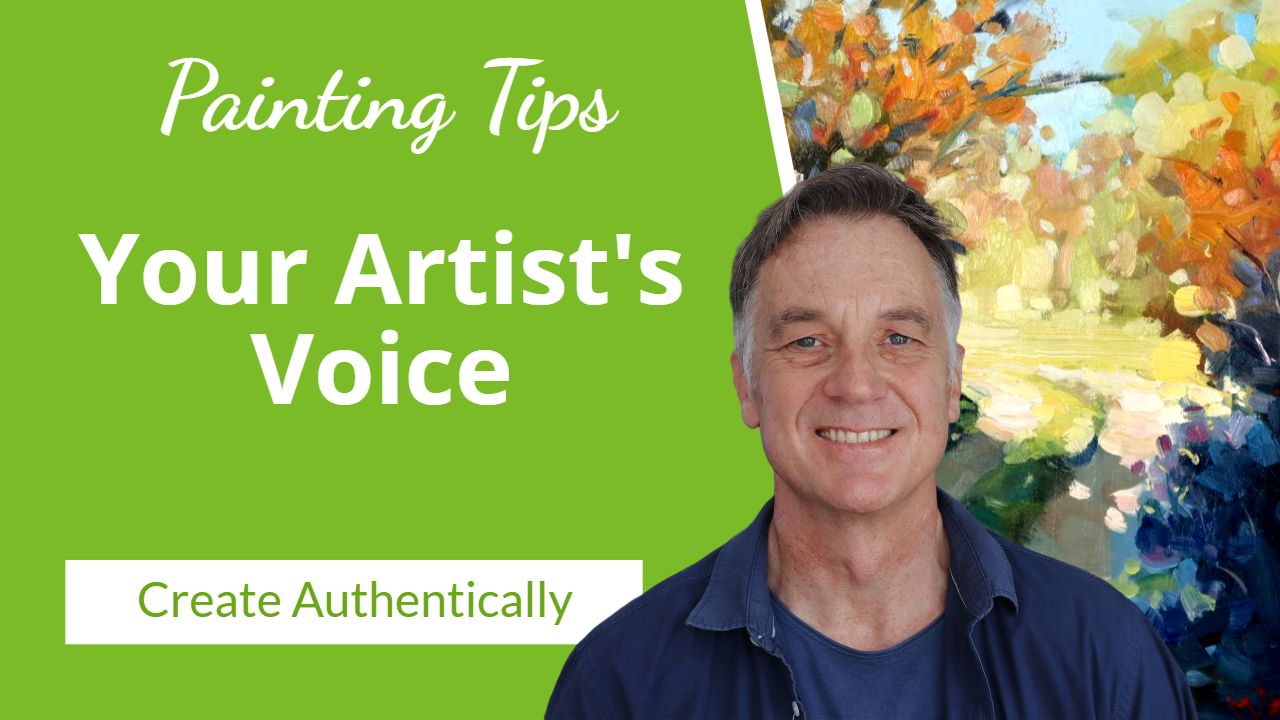
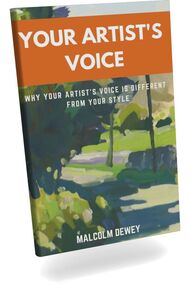
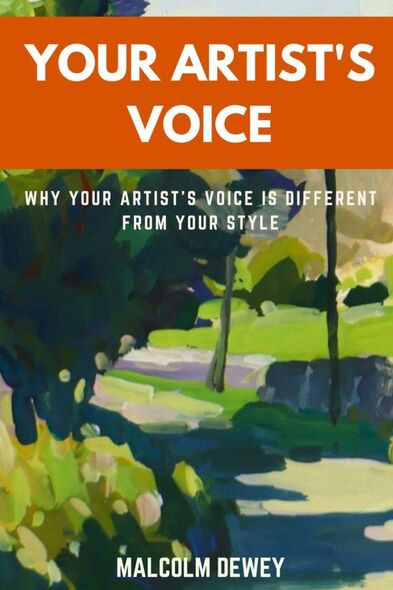
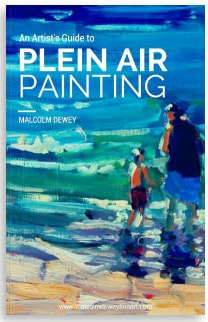
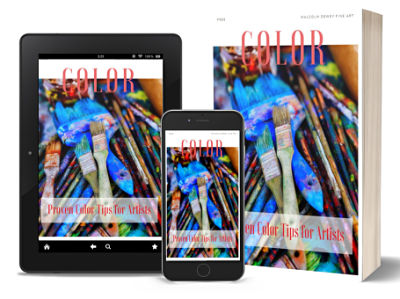
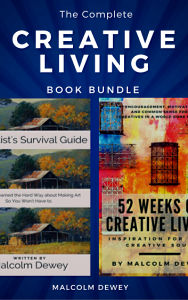
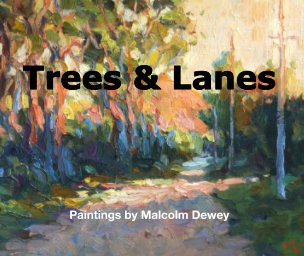




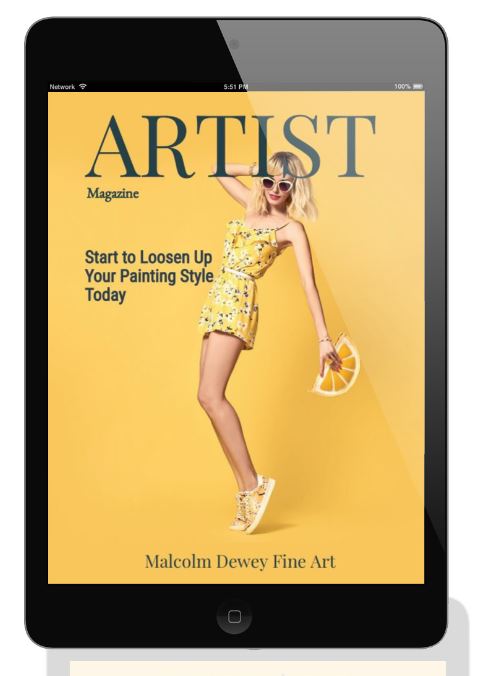
 RSS Feed
RSS Feed

